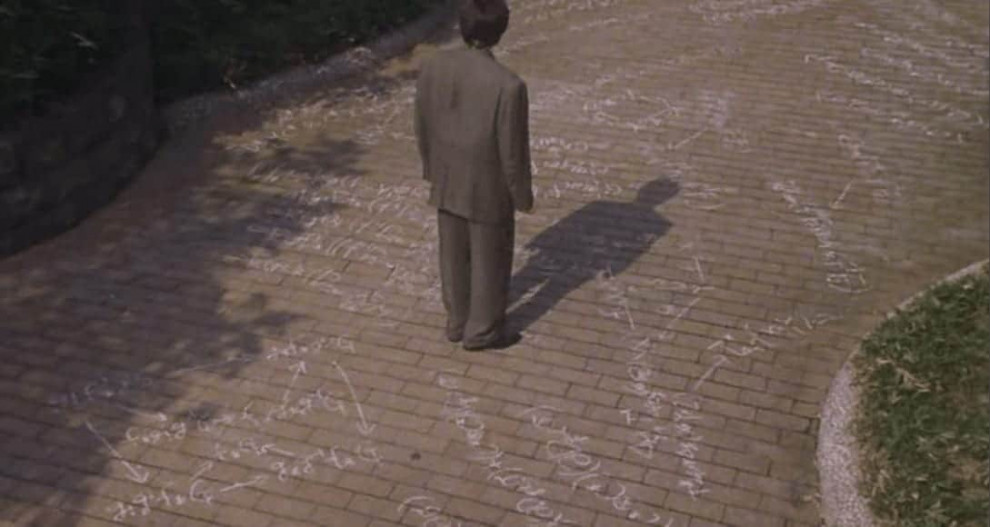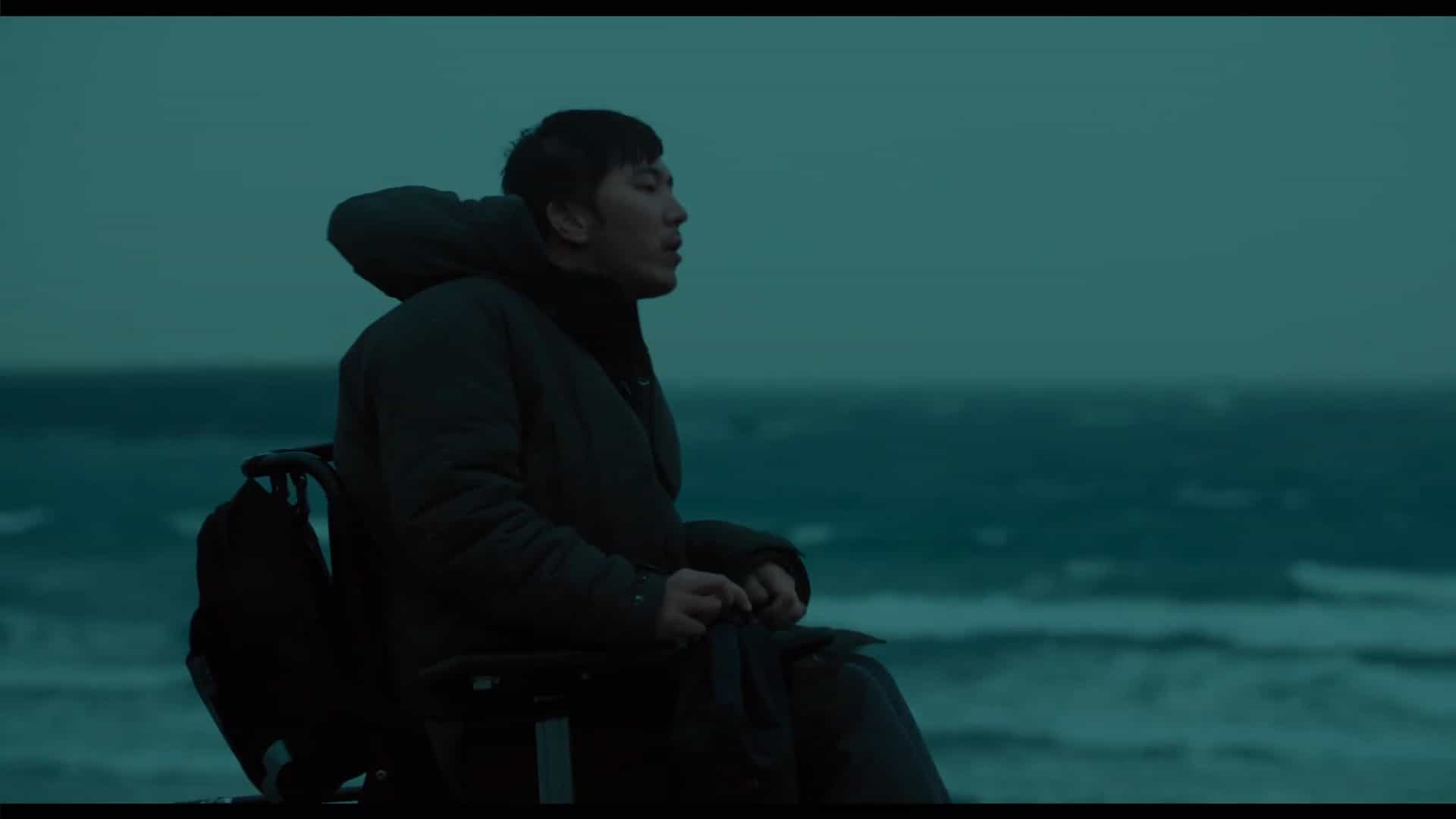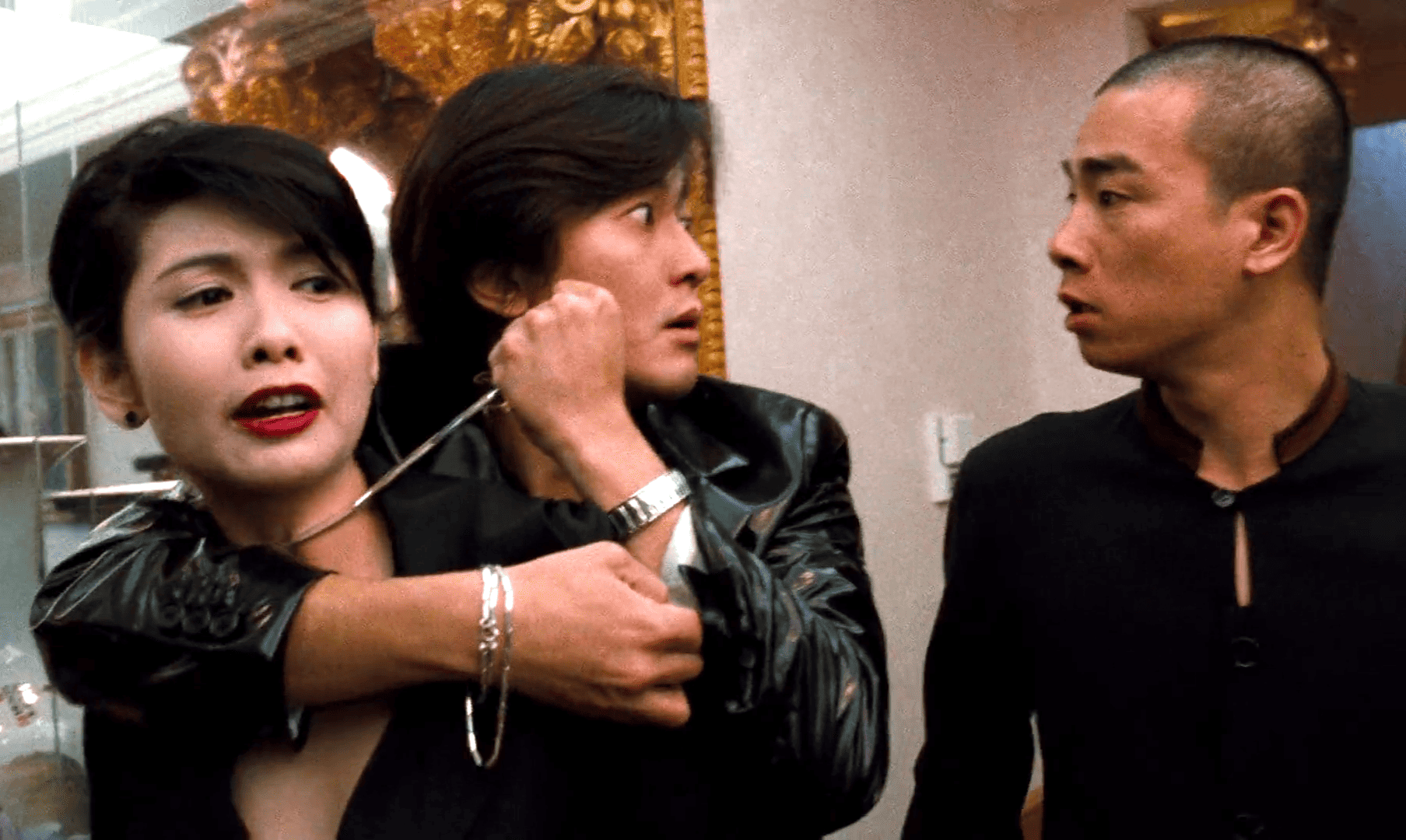After his 1997 blend of horror and thriller “Cure” Japanese director Kiyoshi Kurosawa would go on to helm a project which may be the most interesting in his body of work, establishing his status as an auteur filmmaker. Based on the subject of revenge, Kurosawa was given the task of directing two features, each with a shooting schedule of two weeks and largely consisting of the same cast and crew. The outcome were two films titled “Serpent's Path” and “Eyes of the Spider”, which, while dealing with the same subject matter, should not be regarded as sequels, even though there is a significant element beyond the thematic connecting the two stories. In the first feature, “Serpent's Path,” the theme of revenge is explored as a never-ending cycle which eventually will consume the character of a person.
Buy This Title
The story centers around the character of Miyashita (Teruyuki Kagawa), a former yakuza whose daughter was gruesomely murdered a year ago. In his sorrow and rage, he accepts the support of Nijima (Sho Aikawa) to find whoever is responsible for the murder, torture the person and kill him in the end. However, the first man Miyashita suspects to be the one responsible, turns out to be presumably innocent, resulting in another kidnapping of Miyashita's former boss. Meanwhile, with both of their victims trying to put the blame on each other or other men, Miyashita grows increasingly frustrated, while Nijima keeps a cool head even though his friend's thirst for revenge is bound to drive them further down a path defined by bloodshed and violence.
Although there are indicators of the budget constraints and the pressing shooting schedule in “Serpent's Path”, this does not blur the fact this an intimate portrayal of a man losing himself in a spiral of violence. Overall the mostly deserted, run-down and desolate setting in the film emphasize the notion of inevitability in the plot, a fact supported by the relaxed attitude of Aikawa's character. Masaki Tumura, who uses a similar technique in “Eyes of the Spider”, manages to create a distance towards the character through the use of camera perspective, while also highlighting the grimness and darkness of the situation. Additionally, the subtle score by Hikaru Yoshida establishes tension with a dull beat, underlining the eventual occurrence of another violent act and how the characters are trapped.

Consequently, the two male characters, played by Aikawa and Kagawa, can be regarded as opposites, even though for the majority of the film they seem to collaborate. Whereas Nijima, further emphasized by the scenes revealing he teaches math as his regular job, Miyashita seems out of control, becoming a victim of madness, as one character claims. Given the amount of rage inside of him, there is simply no stopping more and more people being kidnapped and tortured since stopping would also mean facing the kind of monster he has become. In a key scene, he visits Nijima at his daytime job at the school and upon leaving sees a girl, one of the students, in an alley surrounded by bicycles. As his smile slowly disappears, he seems as if he has seen a ghost, as if the memory of his daughter has triggered a glimpse of realization of his now monstrous nature.
“Serpent's Path” is an interesting, minimalist and tense feature by Kiyoshi Kurosawa, imagining the path towards revenge as a path towards madness and bloodshed. Given its structure and themes, it might just be the better film of the two, even though whether you consider it a masterpiece like author Jerry White does in his lengthy examination of Kurosawa's film is a matter of perspective.
















